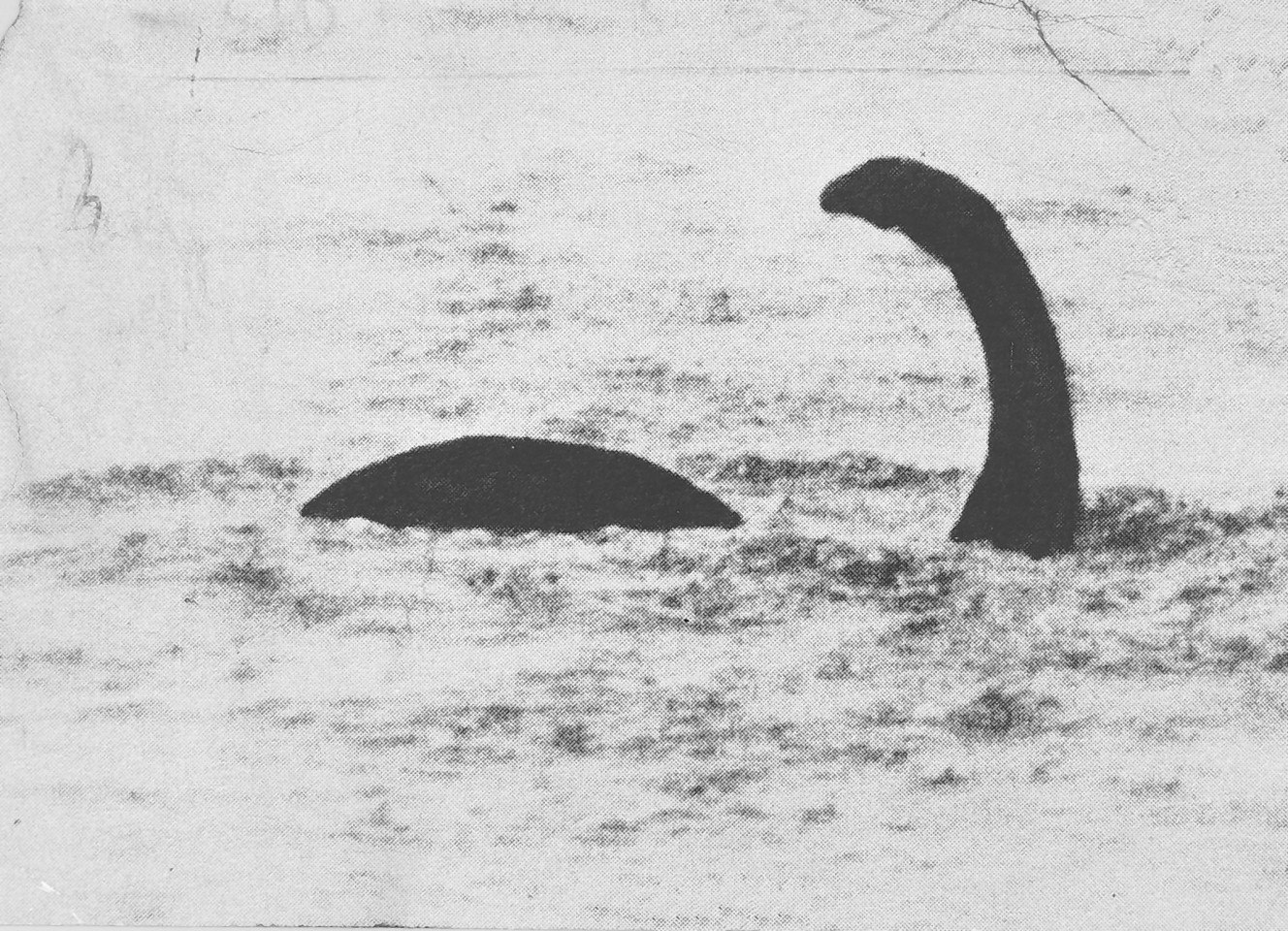The science of hunting for Nessie will be discussed at a special event in Inverness this week.
Dr Charles Paxton from the School of Mathematics and Statistics at St Andrews University will be discussing cryptozoology – and whether looking for mythical creatures, like the Highlands’ favourite monster, is a worthwhile pursuit.
Cyrptozoology is the study of hidden creatures, such as Bigfoot or Nessie – though whether it is a real science is a topic of hot debate.
Dr Paxton will be talking tomorrow from 7pm at Waterstones in the Eastgate Centre – and among the audience will be Gary Campbell, president of the Loch Ness Monster Fan Club.
He said: “Basically cryptozoology is the scientific name for Nessie hunting, so it’s right up my street.
“Charles Paxton is a mathematician and looks at it from a statistical point of view. People think of looking for the Loch Ness Monster as sitting at the side of the loch with a camera and a net, but there really are many different aspects which people don’t really know about.
“I’m looking forward to the event, it should be an interesting evening.”
The free lecture will mark the launch of the Cafe Scientifique Inverness series, which involves academics discussing their research as it connects to popular subjects.
Dr Paxton said: “In this talk I will address the question ‘how many unknown aquatic animals await discovery by science?’
“I will also challenge the audience to think about whether cryptozoology is a science and how hunting for Nessie or, more precisely analysing Nessie reports, can be good science.”
